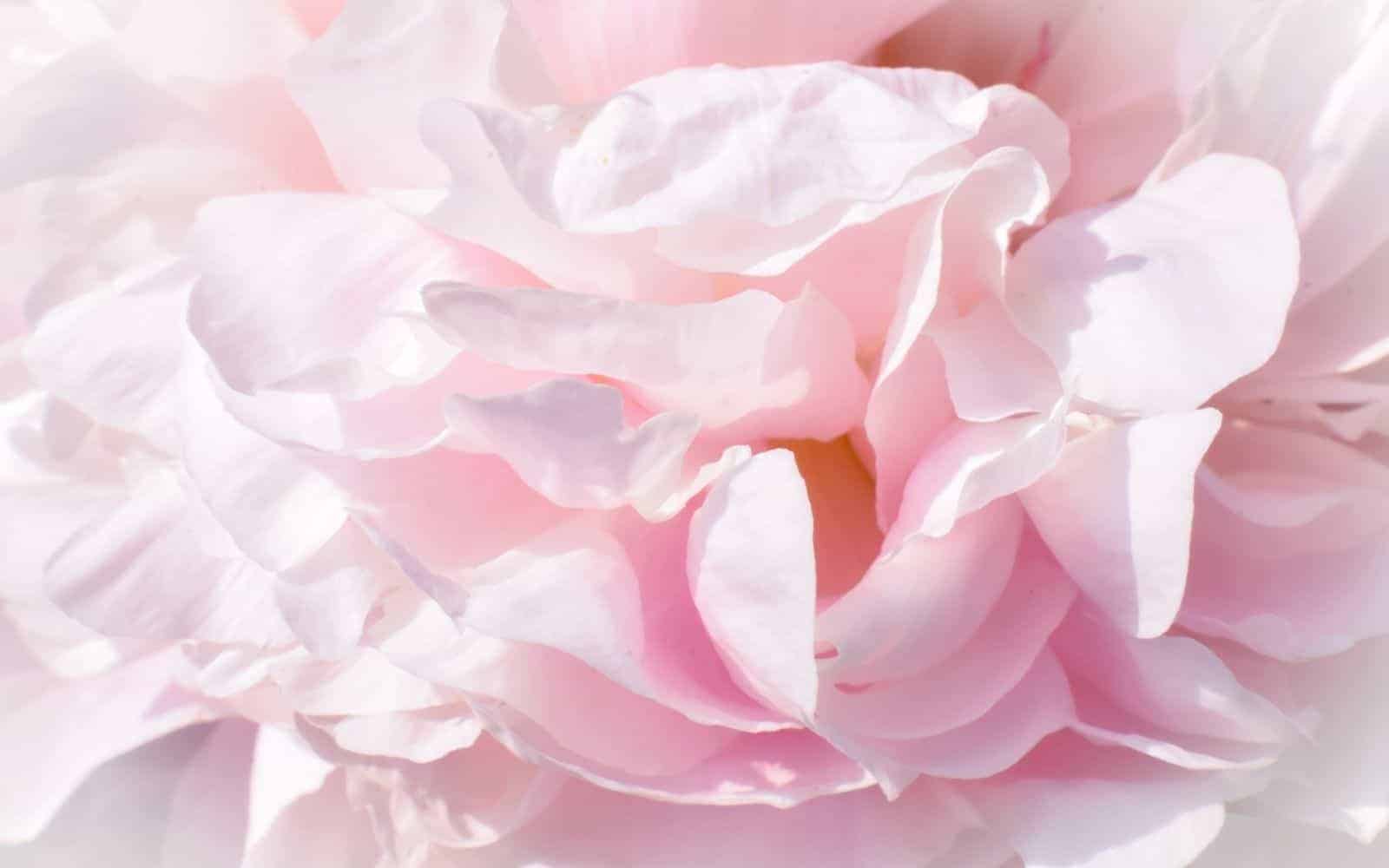Shirley Temple peony is a popular peony variety of herbaceous peony with light-rose flowers that turn cream-white as they mature on the plant. The stunning rose-white blooms of Shirley Temple peony can be 6″-8″ wide in full bloom and are delightfully fragrant.
This type of peony makes fantastic cut flowers and is a wonderful low-maintenance perennial in the landscape. The Shirley Temple peony is a cultivar of Paeonia lactiflora.
Shirley Temple peony basics
The Shirley Temple is a peony plant cultivar of Paeonia lactiflora bred from the Festiva Maxima peony and the Mme. Edouard Doriat peony. The Shirley Temple Peony was likely bred in Holland at some point before 1952 (source: American Peony Society), although some peony lovers believe this peony was bred by Louis Smirnow of Brookville, New York, at some point before 1948 (source: Web Project Paeonia). Mr. Smirnow was an American peony breeder known for working with Mrs. Itoh to introduce her late husband’s intersectional peonies to the USA.
The Shirley Temple peony grows in a mound of beautiful, dark green foliage with glossy leaves. They will generally grow to be about 32-36 inches in height and 24-36 inches in spread. The fragrant blooms start growing in mid-spring, about a week before Festiva Maxima. Because they are so resilient, cut Shirley Temple peonies will also have a long vase life. If the flower bulbs are cut, it can usually last for about a week, if not longer.
These peonies bloom each spring and are resilient perennials that will come back annually as long as they receive enough sunlight and water. There have been peonies known to survive and thrive for over 100 years! If you ensure they are grown properly, they will surely last for a long time.
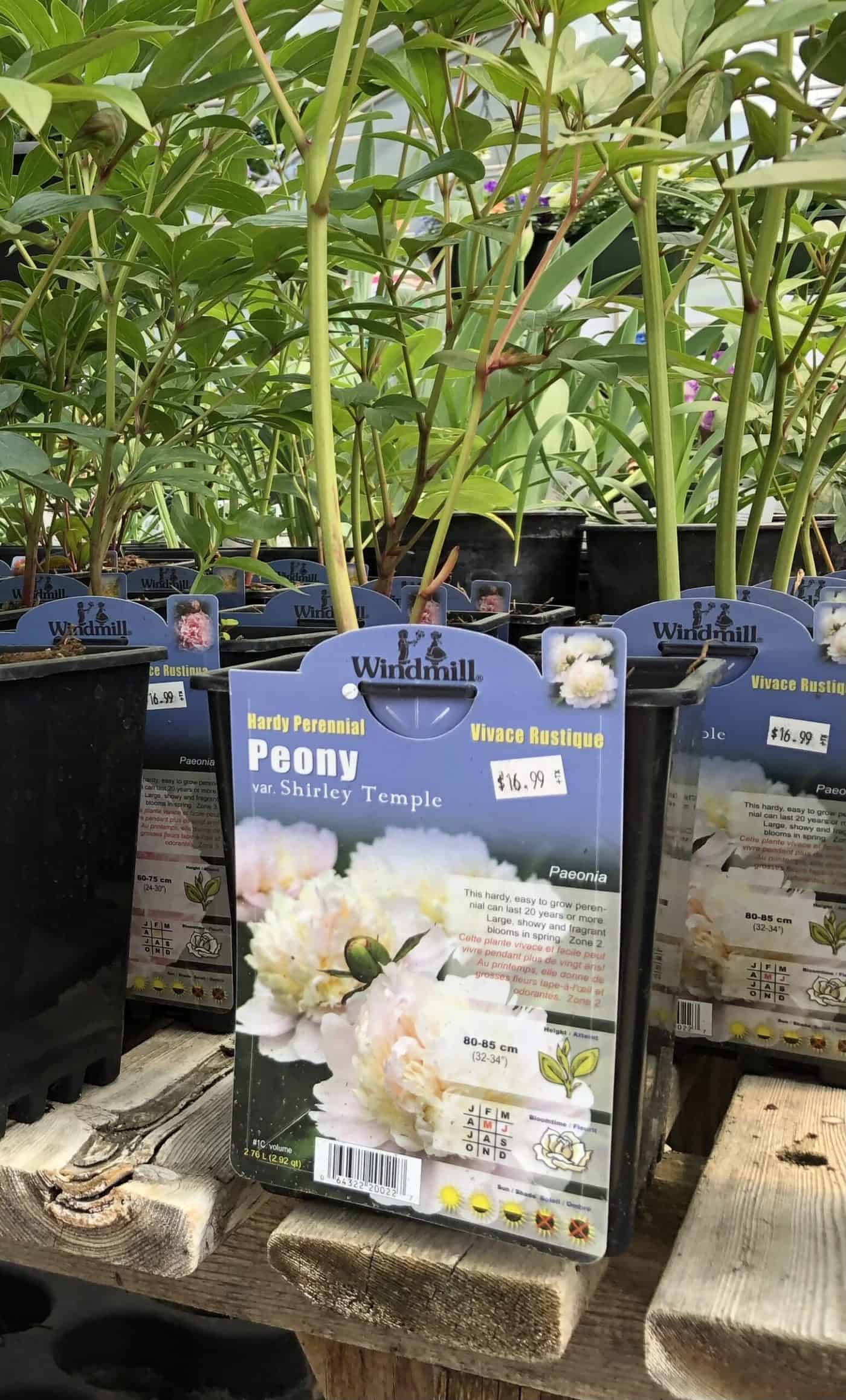
Shirley Temple peonies grow fairly wide, meaning they will need plenty of room to thrive. Though this is not typically common, the glossy green foliage of a peony plant can get as big as four feet in width during peak growing season.
The nicest thing about the Shirley Temple peony is its adaptability. As a specimen plant, a Shirley Temple peony will do extremely well in flowerbeds, city or cottage gardens, and borders (especially for walks and driveways). As a matter of fact, they can sometimes grow large enough that you could even use them as an informal hedge if you so choose.
Peonies, in general, are extremely tough, despite their delicate, flowery look. They do not usually need to be divided and can be left completely undisturbed for years. The only thing to keep in mind is their proximity to other plants and trees. It is important to keep them away from trees and shrubs because they do not like competing for food and moisture. Additionally, they do not often respond well to transplanting, so be extremely careful and mindful if you choose to do that.

Classification
Shirley Temple Peonies (Paeonia lactiflora ‘Shirley Temple’) are herbaceous peonies with Full Double-type peony flowers that bloom mid-season. Full double peonies like Shirley Temple are known for their voluminous layers of petals. In this flower type, all stamens and carpels are transformed into petals.
Double flowers look like a flower inside a flower (hence the term “double”). Sometimes pollen-bearing stamens (often yellow) appear in a circle around the outside of the inner flower layer.
Shirley Temple peonies are in the herbaceous category of peony plants. These plants sprout anew from their roots each spring and typically grow to about 3 feet tall by the middle of spring. Then, they will bloom and go on to display beautiful foliage throughout summer and even into early fall. They usually die back to their roots after the first hard frost occurs in the fall.
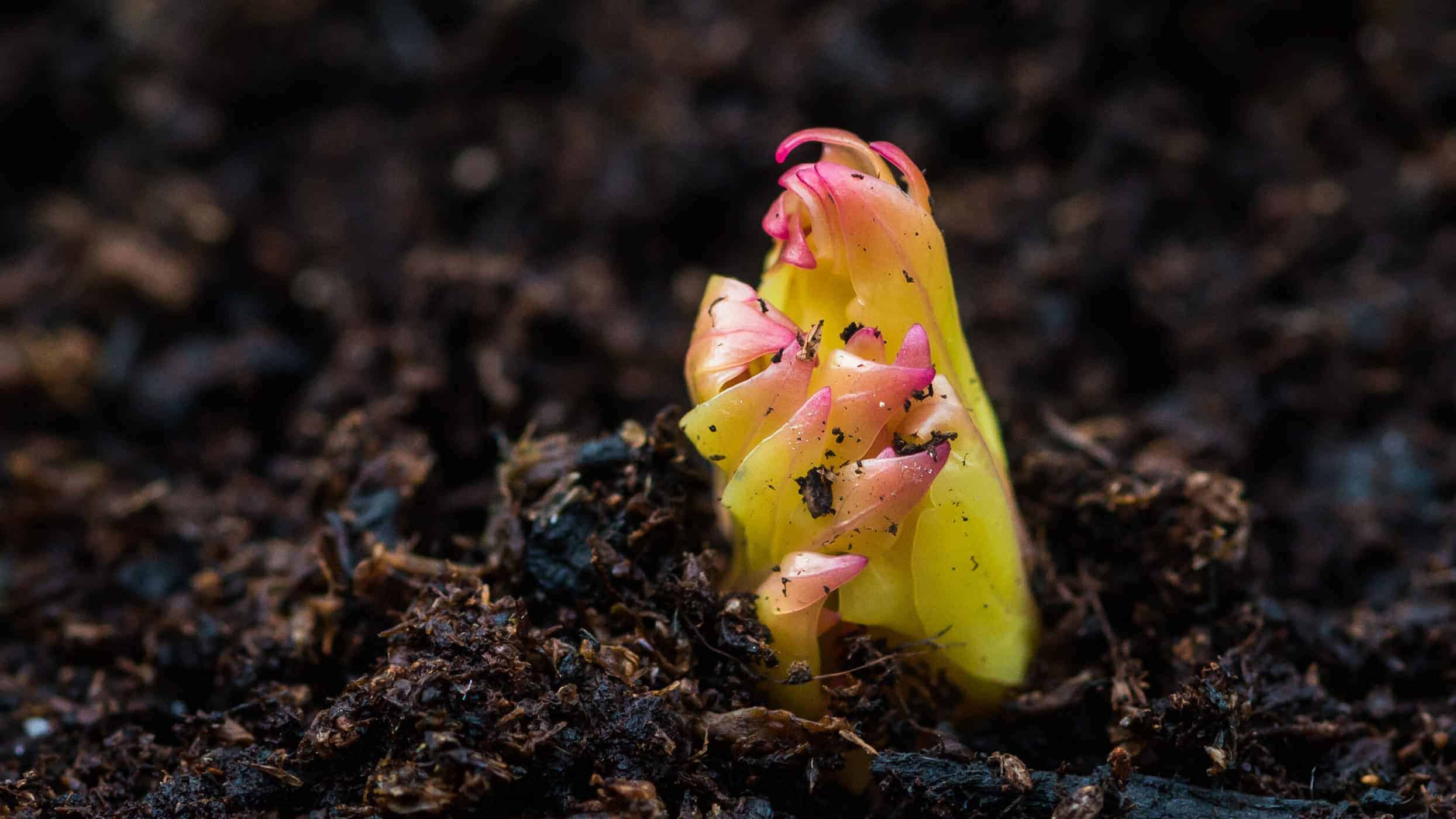
Plant care for Shirley Temple peonies
As you can see from the photos of this stunning flower, a Shirley Temple peony plant is well worth the effort! Here are some tips on how to keep yours happy, healthy, and thriving.
Peonies usually bloom from April through June and sometimes July. They tend to keep their blossoms until fall, or at least until the first frost comes. Bare root peonies must be planted during the fall at least six weeks before the frost begins. Plant peonies in the springtime if you wish, but keep in mind that you may not get blossoming flowers for a year or two. Planting peonies in the fall gives the plants the potential to grow blossoms the very next spring.
You must choose a spot for your peonies with full sun exposure (unless you live in a hotter southern or southwestern region). Shirley Temple peonies will usually enjoy some light afternoon shade, but they need a good deal of sun to be happy (and bloom at their best). Choose fertile, rich, well-drained soil in which to plant your tubers. Plant them two inches below the soil (one inch for warmer regions). Don’t go any deeper; otherwise, you will get a lot of foliage but no flowers.
As said before, peonies need space to grow, so make sure you space accordingly and dig enough holes for the roots to take hold. Make sure your soil is well-draining because Shirley Temple peonies especially hate soggy roots! For that reason, they do particularly well on hills and slopes.
Because Shirley Temple peonies don’t like soggy roots, you should be able to get away with watering them just once a week. You may need to water more often during extreme heat spells; otherwise, be careful not to overwater. The last thing you want is for your plants to develop root rot or some other type of fungal infection.
Though this is not always the case, your peonies may, at one time or another, need support/stakes to grow. Their large blossoms will often get pretty heavy depending on how big they grow to be. Because of this, you should not be surprised to see your blossoms getting a little droopy. If you notice this happening, work on getting some stakes or cages put into your early summer garden as soon as possible.
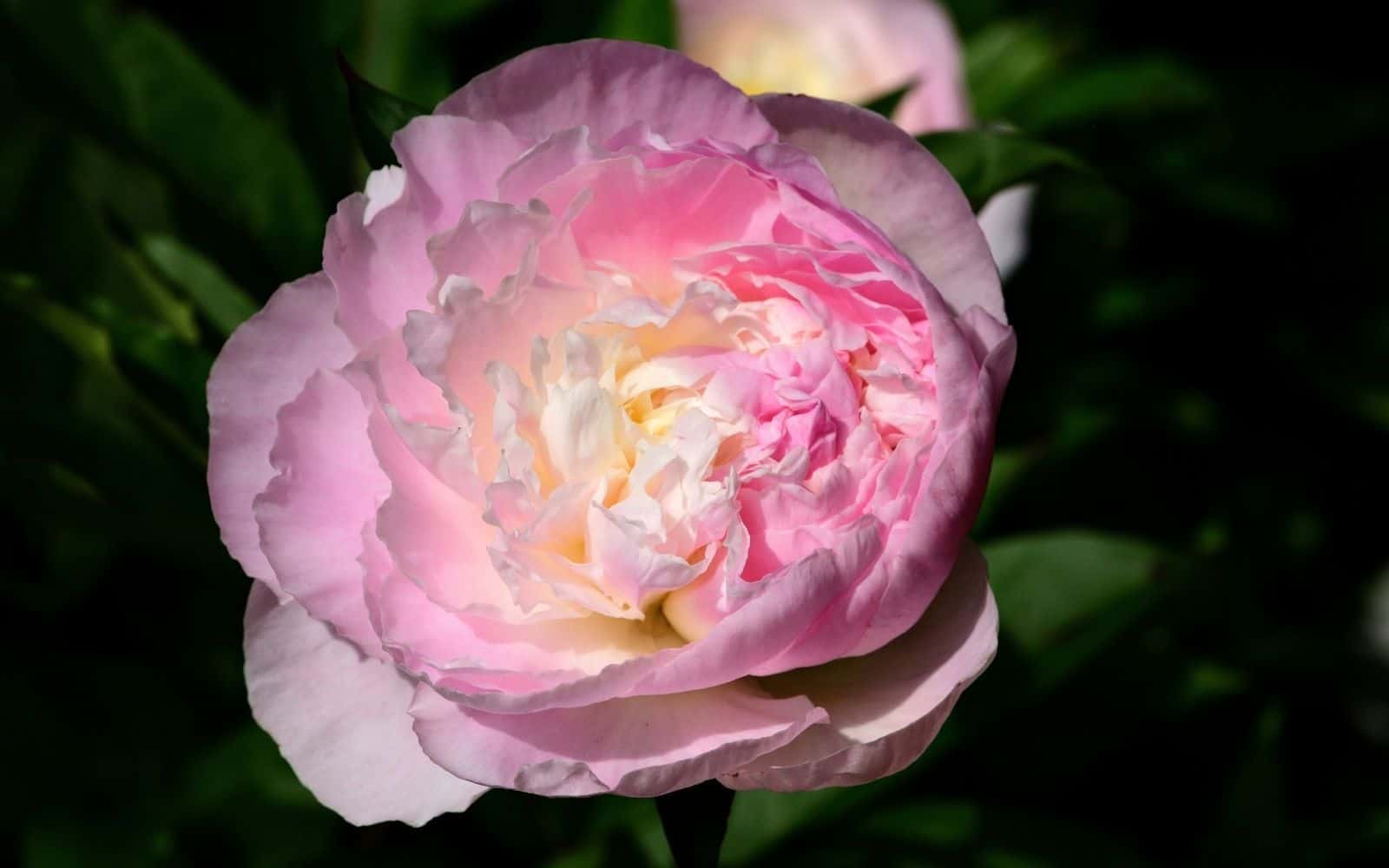
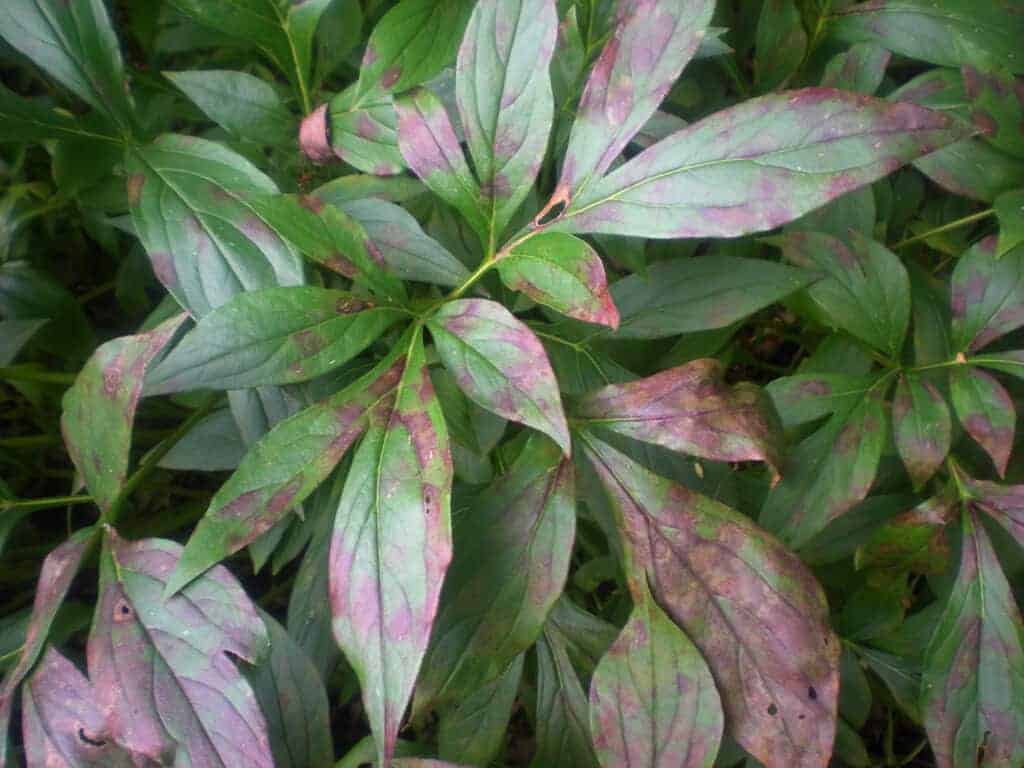
Pests & diseases affecting Shirley Temple peonies
Fortunately, Shirley Temple peonies are resistant to many types of pests and diseases. Unfortunately, there are still a couple that you will need to watch out for—peony wilt being at the top of the list. As the name suggests, this fungal infection causes mold and fungus to affect a peony’s roots, causing it to wilt and wither. You will see brown or black spots begin to grow on the leaves, the blossom will refuse to open, and in severe cases, you will see fuzzy mold begin to grow all over the plant.
Honey fungus presents the same issue. You will find that the foliage of your Shirley Temple peonies is pale or discolored and will eventually turn black and die. As with peony wilt, you will simply need to remove all the infected plants and dispose of them as thoroughly as possible. You will want to keep your plants from becoming too moist or too damp, as those conditions make it much easier for fungus and mold to grow.



